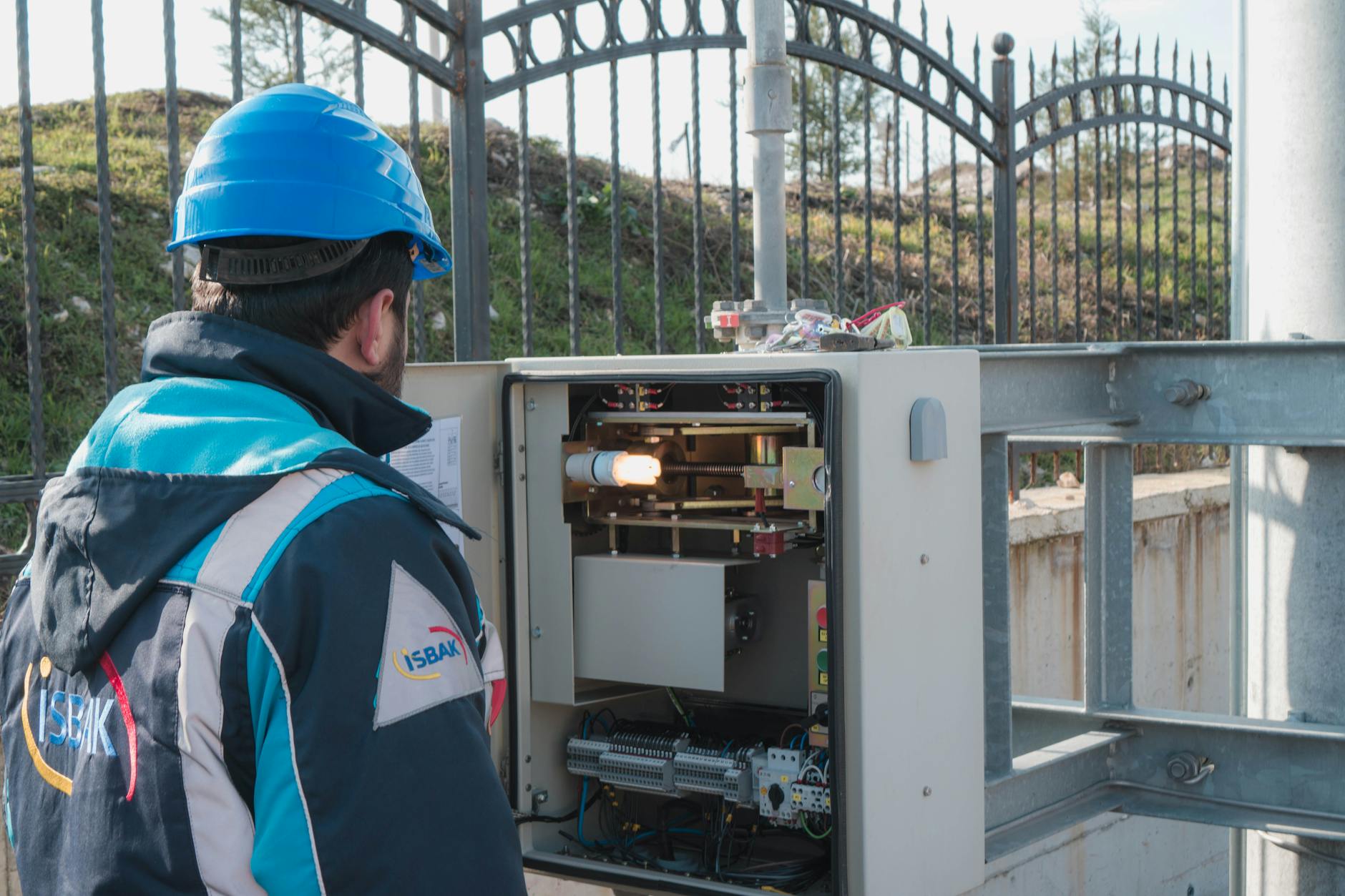
Electrical Grounding: Unraveling the Importance and Essential Techniques
Introduction
In the world of electrical systems, grounding plays a pivotal role in ensuring safety, functionality, and the longevity of equipment. This article delves into the importance of electrical grounding and explores essential techniques employed to establish effective grounding in various settings.
Understanding Electrical Grounding
- Definition and Purpose
- Grounding Defined: Electrical grounding involves connecting an electrical system to the Earth or a reference point to establish a safe pathway for electrical currents.
- Safety and Stability: The primary purpose of grounding is to enhance safety by preventing electrical shocks and ensuring system stability.
- Components of Grounding System
- Grounding Electrode: This is the physical connection to the Earth, often in the form of rods, plates, or pipes.
- Grounding Conductor: The conductor connecting the electrical system to the grounding electrode.
- Grounding Bus: A common point where multiple grounding conductors converge, enhancing the efficiency of the grounding system.
Importance of Electrical Grounding
- Safety Ensurance
- Fault Current Diversion: Grounding provides a low-resistance path for fault currents, diverting them safely into the Earth, preventing electric shocks.
- Equipment Protection: Grounding protects equipment and appliances by facilitating the dissipation of excess electrical energy in case of a fault.
- Stability Enhancement
- Reference Point: Grounding establishes a stable reference point for voltage levels, promoting consistent and reliable electrical performance.
- Reduction of Electromagnetic Interference (EMI): Proper grounding minimizes EMI, ensuring the integrity of electronic signals and communication systems.
- Lightning Protection
- Path for Lightning Discharge: Grounding systems provide a designated path for lightning to safely discharge into the Earth, preventing damage to structures and equipment.
- Surge Suppression: Grounding helps dissipate transient surges caused by lightning, safeguarding sensitive electronic devices.
Key Techniques for Effective Electrical Grounding
- Grounding Electrode System
- Proper Installation: Ensure proper installation of grounding electrodes, considering factors such as soil resistivity and electrode material.
- Regular Inspection: Periodically inspect grounding electrodes to identify and address any corrosion or degradation.
- Grounding Conductors
- Low-Resistance Materials: Use low-resistance materials for grounding conductors to enhance the efficiency of fault current dissipation.
- Proper Sizing: Ensure grounding conductors are appropriately sized to handle fault currents without overheating.
- Grounding Bus Design
- Centralized Busbar: Implement a centralized grounding busbar to which all grounding conductors are connected, reducing impedance and improving system performance.
- Isolation Measures: Employ isolation measures to prevent the introduction of unwanted currents into the grounding system.
- Grounding for Electronic Equipment
- Dedicated Grounding Paths: Establish dedicated grounding paths for sensitive electronic equipment to minimize the risk of interference.
- Isolation Transformers: Use isolation transformers to provide an additional layer of protection against electrical noise.
Implementation Considerations
- Code Compliance
- Adherence to Standards: Ensure that the grounding system adheres to relevant electrical codes and standards, such as the National Electrical Code (NEC).
- Regular Updates: Stay informed about updates to electrical codes and standards to incorporate the latest safety measures.
- Professional Evaluation
- Periodic Assessment: Engage qualified professionals to conduct periodic assessments of the grounding system’s effectiveness.
- Addressing Changes: Whenever there are modifications to the electrical system, seek professional guidance to ensure proper grounding adjustments.
Conclusion
Electrical grounding is not merely a technical requirement but a fundamental aspect of ensuring safety and reliability in electrical systems. By understanding its importance and implementing effective grounding techniques, individuals and organizations can create a secure and stable electrical environment. Regular maintenance, compliance with codes, and professional evaluations contribute to the ongoing efficacy of grounding systems.
Electrical Hazards and Control Measures
Electrical Safety Toolbox Talks
How to Make JSA for Electrical Activity
How to Make HIRA on Electrical Safety?
Frequently Asked Questions (FAQs)
- What is the primary purpose of electrical grounding?
- The primary purpose of electrical grounding is to enhance safety by preventing electrical shocks and ensuring system stability.
- How does grounding contribute to equipment protection?
- Grounding provides a low-resistance path for fault currents, diverting them safely into the Earth and preventing damage to equipment during electrical faults.
- Why is grounding essential for lightning protection?
- Grounding systems provide a designated path for lightning to safely discharge into the Earth, protecting structures and equipment from damage. Grounding also helps dissipate transient surges caused by lightning.
- What are some key techniques for effective electrical grounding?
- Techniques include proper installation of grounding electrodes, use of low-resistance materials for grounding conductors, implementation of centralized grounding busbars, and establishment of dedicated grounding paths for sensitive electronic equipment.
- Why is code compliance important in electrical grounding?
- Adherence to electrical codes and standards, such as the National Electrical Code (NEC), ensures that grounding systems meet safety requirements. Staying informed about updates to codes is crucial for incorporating the latest safety measures.
























